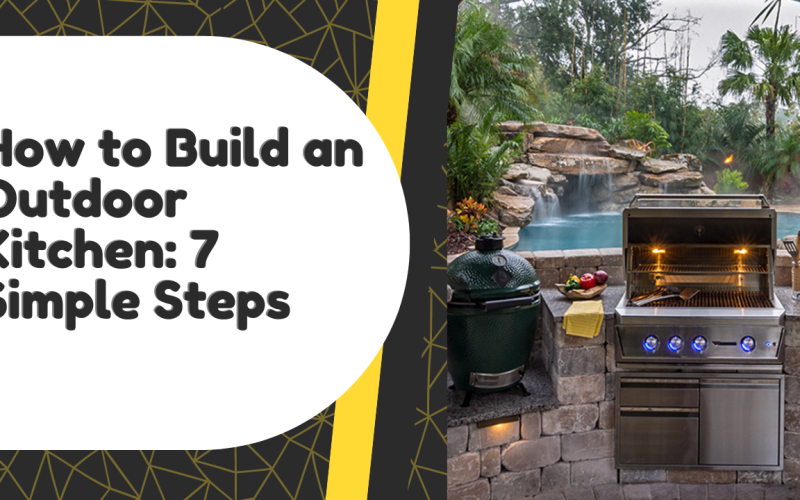When it comes to enhancing your outdoor living experience, few additions can rival the charm and utility of an outdoor kitchen. Whether you’re a grilling enthusiast or simply love to entertain guests alfresco, creating an outdoor culinary space can transform your backyard into a vibrant hub of activity. However, building an outdoor kitchen requires careful planning and execution to ensure both functionality and aesthetics. From selecting the right appliances to optimizing storage and workspace, there are several crucial factors to consider. In this comprehensive guide, we’ll explore seven essential tips to help you navigate the process of building your dream outdoor kitchen.
1. Building with Combustible Materials? Get an Insulated Grill Jacket
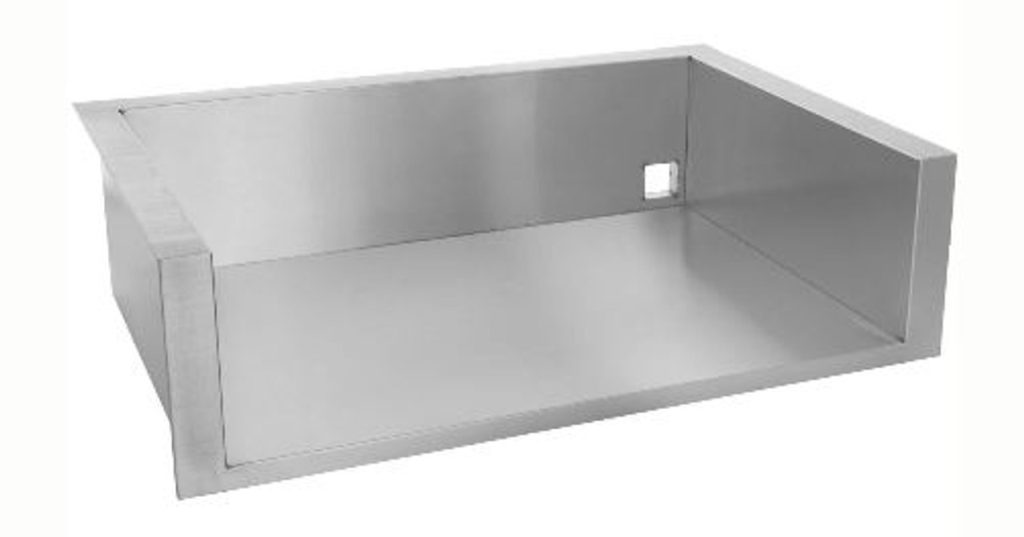
One of the key considerations when constructing an outdoor kitchen is the materials used in its construction, especially if you plan to incorporate combustible materials such as wood or combustible siding. When installing a grill near these materials, it’s essential to invest in an insulated grill jacket. These jackets act as a barrier between the grill’s heat source and the surrounding materials, reducing the risk of fire hazards. Additionally, insulated grill jackets help maintain consistent temperatures within the grill, ensuring optimal cooking performance.
2. Vent Panels Properly Ventilate Your Outdoor Kitchen Investment

Proper ventilation is crucial for any indoor or outdoor kitchen, as it helps remove smoke, odors, and excess heat. When designing your outdoor kitchen, be sure to include vent panels to ensure adequate airflow. These panels can be integrated into the design seamlessly, providing both functional benefits and aesthetic appeal. Whether you opt for overhead vent hoods or discreet vent openings, prioritizing ventilation will enhance the comfort and safety of your outdoor cooking space.
3. Enclosed Storage Components May Not Work Under a Sink or Grill
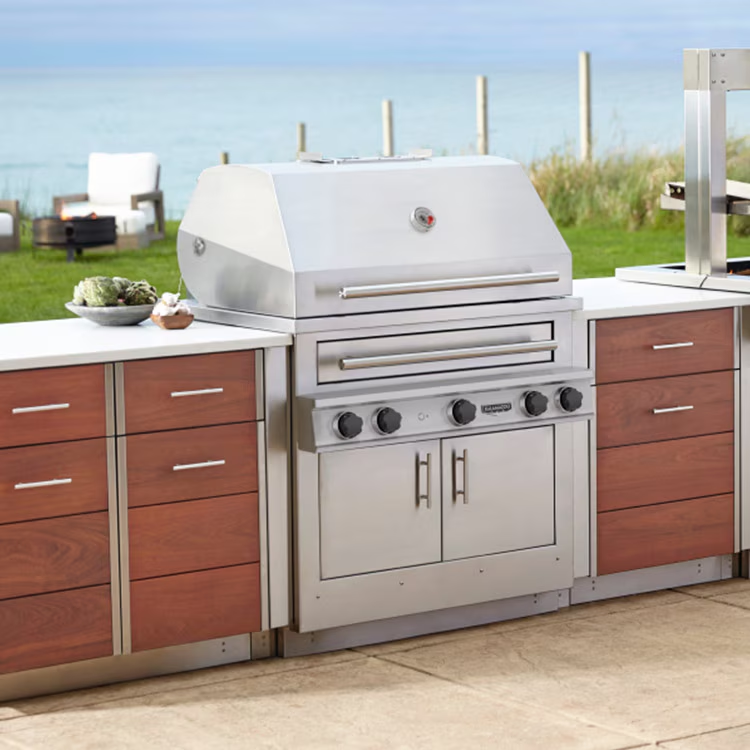
While ample storage is essential for any outdoor kitchen, not all storage components are suitable for placement under sinks or grills. Enclosed storage cabinets located beneath sinks or grills may be susceptible to moisture and heat damage, compromising their functionality and longevity. Instead, consider alternative storage solutions such as open shelving or outdoor-rated cabinets that can withstand exposure to moisture and heat without deteriorating. By choosing the right storage components, you can ensure that your outdoor kitchen remains organized and functional for years to come.
4. Outdoor-Rated Kitchen Appliances Are Your Best (and Only) Choice
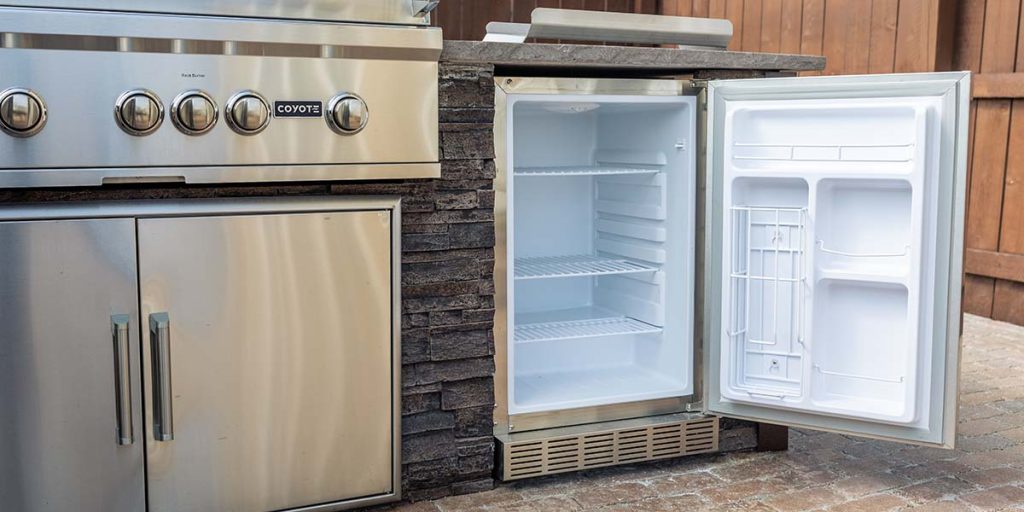
When selecting appliances for your outdoor kitchen, it’s crucial to choose models specifically designed for outdoor use. Outdoor-rated appliances are built to withstand the elements, including exposure to sunlight, moisture, and temperature fluctuations. From refrigerators and grills to sinks and ice makers, investing in outdoor-rated appliances ensures durability and performance in outdoor environments. Additionally, outdoor-rated appliances often feature stainless steel construction, which offers both resilience and aesthetic appeal, complementing your outdoor kitchen’s design seamlessly.
5. Never Install Cooking and Cooling Appliances Next to One Another
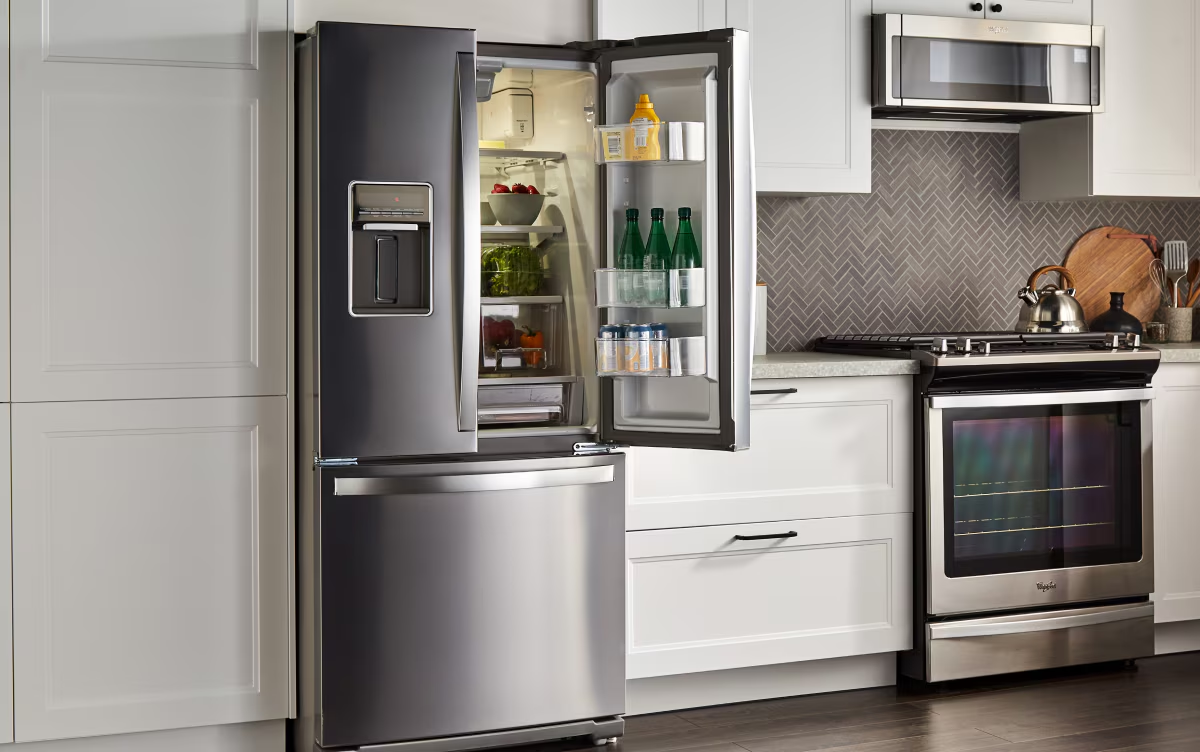
In a well-designed outdoor kitchen, the placement of appliances is critical to both functionality and safety. One common mistake to avoid is installing cooking and cooling appliances next to each other. Placing a grill or side burner adjacent to a refrigerator or ice maker can compromise the cooling appliance’s performance by exposing it to excess heat. Additionally, the heat generated by cooking appliances can accelerate the wear and tear on nearby refrigeration units, leading to decreased efficiency and potentially costly repairs. To optimize both the performance and longevity of your outdoor kitchen appliances, ensure proper spacing and ventilation between cooking and cooling units.
6. Learn, Learn, Learn Those Cutout Dimensions Before You Cut
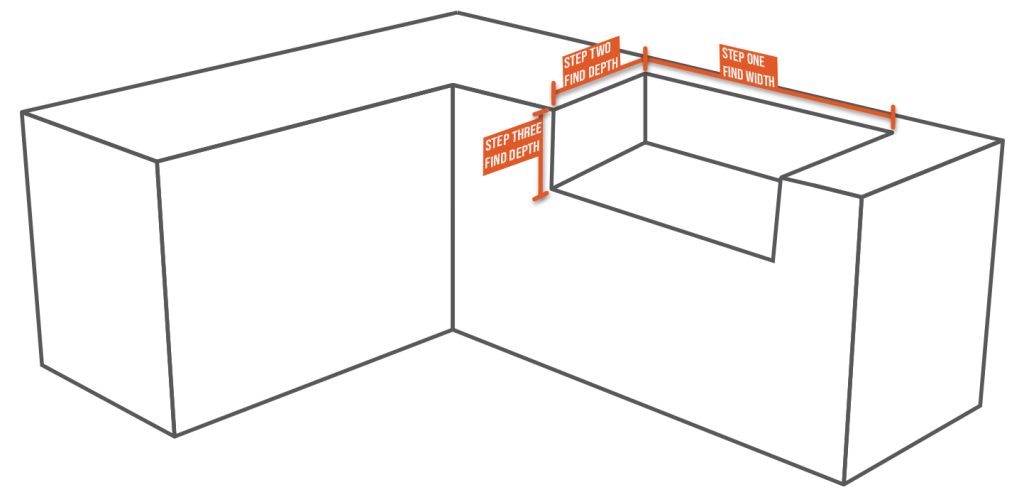
Before embarking on the installation of your outdoor kitchen appliances, it’s essential to familiarize yourself with the cutout dimensions required for each unit. These dimensions dictate the size of the opening needed to accommodate the appliance properly. Failing to adhere to the specified cutout dimensions can result in installation complications, such as improper fit or inadequate clearance for ventilation. To avoid costly mistakes and ensure a seamless installation process, take the time to carefully measure and triple-check the cutout dimensions before making any cuts or modifications to your outdoor kitchen structure.
7. Too Much Counter Space? What Have I Done! Said Nobody, Ever
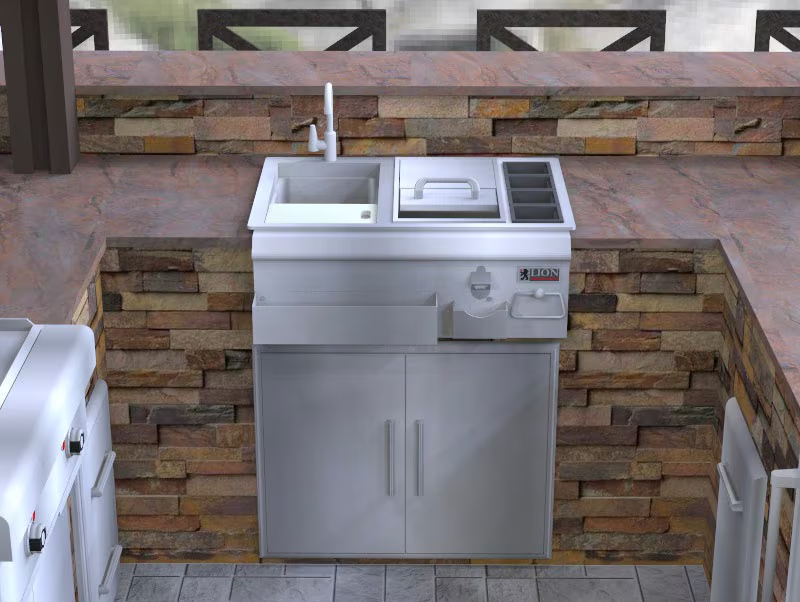
When it comes to counter space in your outdoor kitchen, more is always better. Adequate counter space provides room for meal prep, serving, and entertaining, enhancing the functionality and efficiency of your outdoor culinary space. Whether you opt for durable natural stone countertops or sleek stainless steel surfaces, prioritize ample counter space in your outdoor kitchen design. Additionally, consider incorporating features such as built-in sinks, cutting boards, and integrated storage to maximize the utility of your countertops. Remember, when it comes to outdoor entertaining, there’s no such thing as too much counter space.
In conclusion, building an outdoor kitchen is a rewarding endeavor that can significantly enhance your outdoor living experience. By following these seven essential tips, you can create a functional, stylish, and efficient outdoor culinary space that will be the envy of your friends and neighbors. From selecting the right appliances to optimizing storage and workspace, careful planning and attention to detail are key to success. So roll up your sleeves, fire up the grill, and get ready to enjoy countless memorable moments in your outdoor kitchen oasis.

